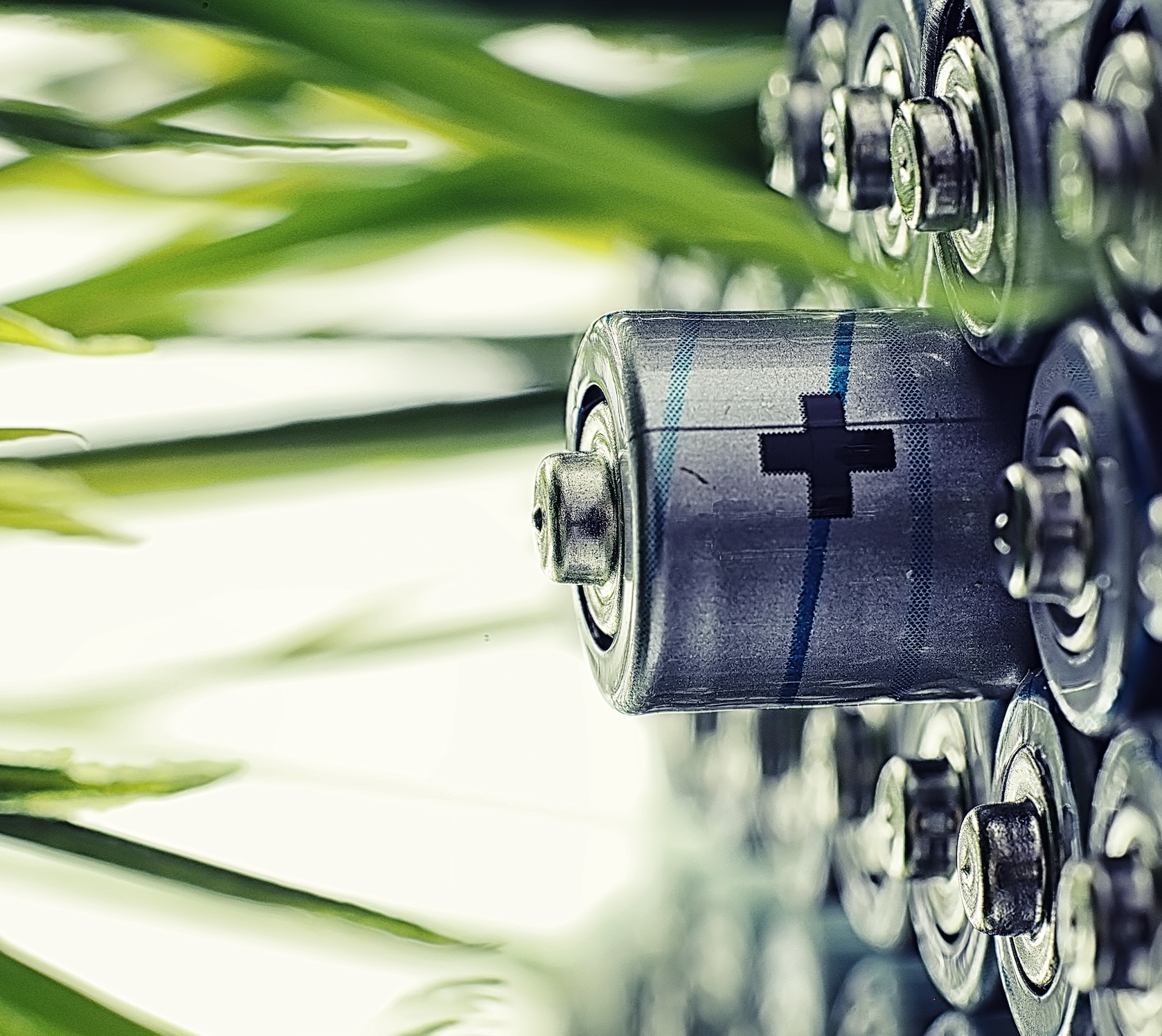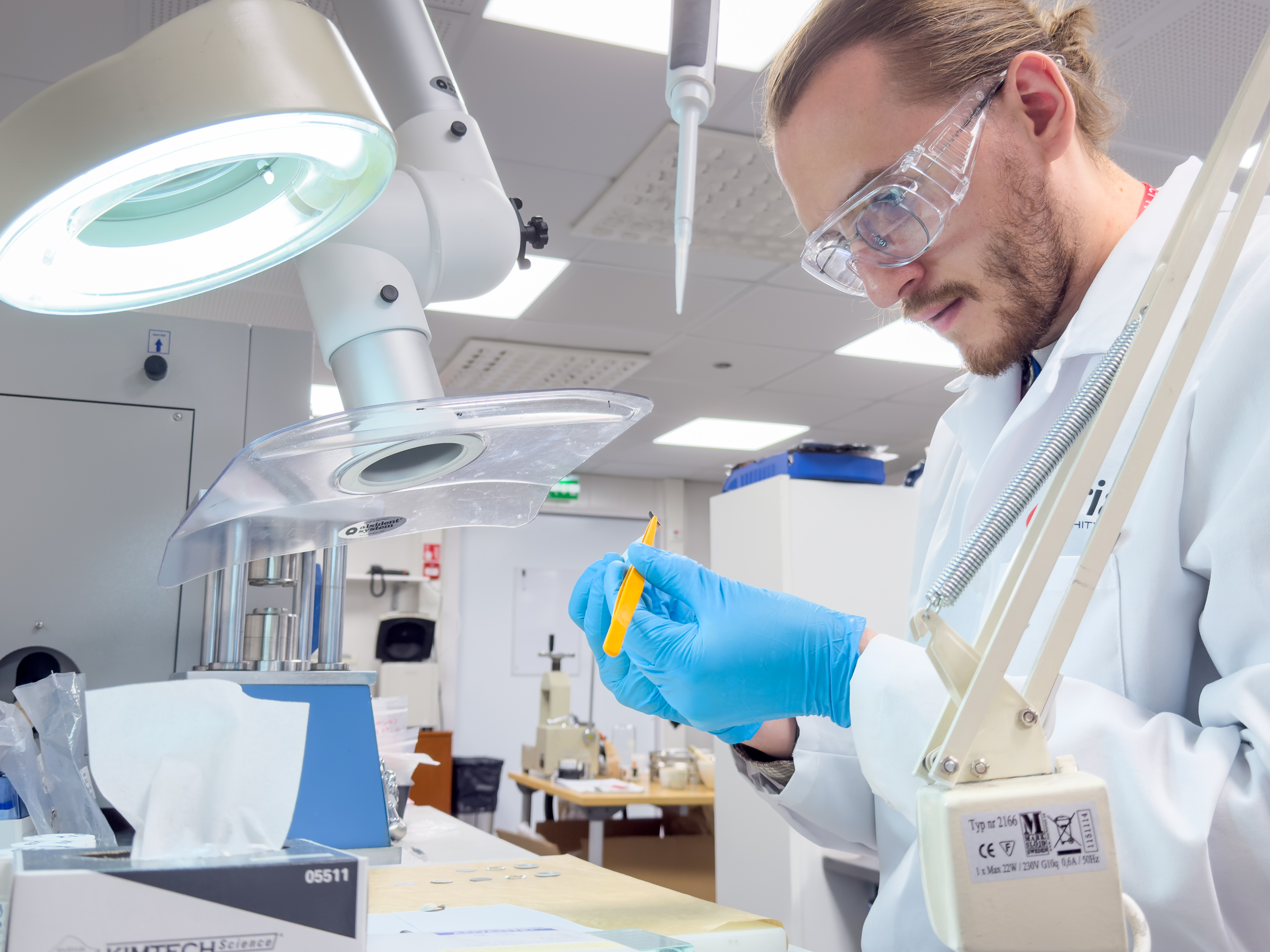BATTSi
Valorisation of Industrial Waste Streams for Battery Grade Silicon

What do we do?
Welcome to BATTSi – where local waste becomes tomorrow’s battery power. Across Finland, Iceland, Sweden, and Ireland, our universities and industry partners are joining forces to transform spent grain from breweries and distilleries, grain husks from spirit production and agrifood industry, geo-brine from energy production and other silicon-rich by-products into the silicon that powers electric vehicles and renewable energy storage. By tapping into resources already under our feet, we’re cutting down on mining, slashing landfill, and creating new business opportunities in rural and remote communities. Over the next three years, we’ll: -Map and characterise local silicon side streams -Develop and pilot extraction and purification methods -Host transnational workshops to share know-how and build SME capacity -Assess environmental and economic impacts to chart a path for large-scale rollout We are driving sustainable growth across the Northern Periphery & Arctic. Follow our website to keep up to date with the solutions we create.

